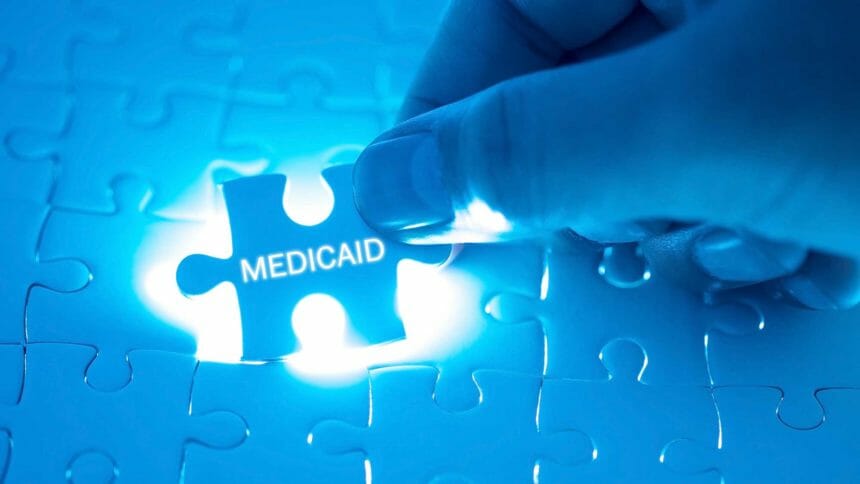
Only 1 in 10 people who are dual eligible for Medicare and Medicaid are getting the benefits of both programs. That is the assessment of the Alliance for Health Policy, a nonprofit policy research group.
An estimated 12 million low-income Americans are considered dually eligible beneficiaries, entitled to both Medicare and Medicaid. But during a webinar Tuesday, Alliance for Health Policy President and CEO Sarah Dash said a complex array of Medicare Advantage plans, coupled with fragmentation among state Medicaid programs, is sowing confusion among potential enrollees.
“You conceivably could have a program where a dual eligible has their physical health benefit by one organization in one program, their behavioral health administered by another program, their long-term services and supports administered by a third program,” Dash said. “So you get the picture. In the Medicaid space there is a lot of fragmentation that has to be addressed.”
Denny Chan, an attorney for the senior advocacy group Justice In Aging, said he’s seen firsthand how difficult it is for seniors to navigate both programs.
“I see this regularly with my own grandmother who is dual eligible,” Chan said. “Just getting her to the doctor’s office takes her, people in her Medicare plan, plus caregivers, plus family members. It’s a feat just to go for a regular office visit. We need to make sure that the system is simple enough, but also flexible enough to meet the needs of the people.”
Dual eligibles make up the poorest and often sickest Medicare and Medicaid beneficiaries. The Alliance for Health Policy estimates 60% of beneficiaries have multiple chronic illnesses and more than half live below the poverty line.
The Alliance called for better coordination of services between the Centers for Medicare and Medicaid Services and state Medicaid programs.




